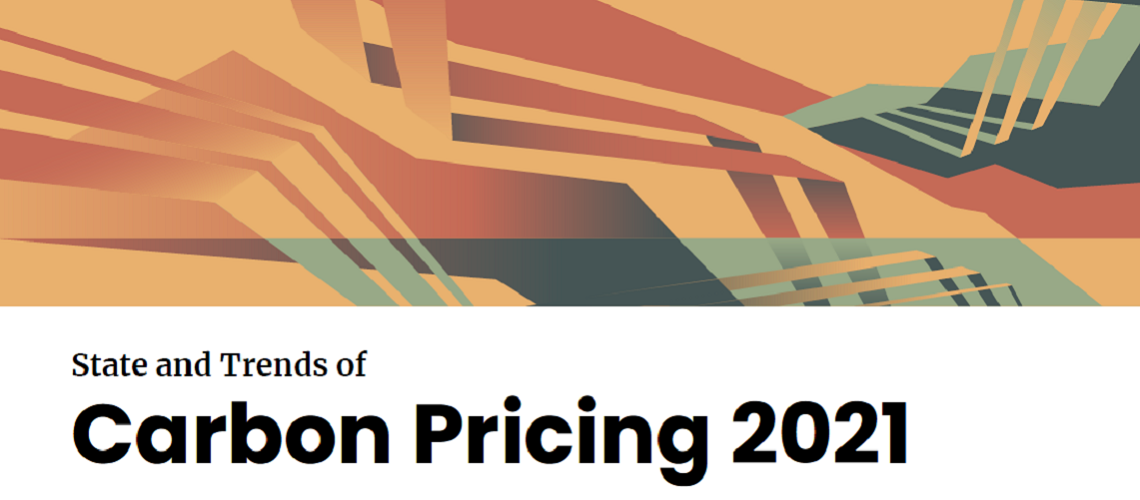 State and Trends of Carbon Pricing 2021 report cover
State and Trends of Carbon Pricing 2021 report cover
As we start to emerge from the global pandemic, there is strong consensus on the need to strengthen our preparedness for future global crises, including those posed by climate change. The last year has shown us that cooperation is essential to address problems that transcend national borders. Achieving a resilient recovery therefore requires enhanced cooperation and collaboration. This too is the case for climate change.
The annual State and Trends report provides us with a snapshot of the progress on explicit carbon pricing at the jurisdictional, sectoral, and corporate levels in the past year. It is encouraging to see how governments and companies are integrating carbon pricing into their climate strategies. This year, for instance, saw the long-awaited launch of China’s national emissions trading system – the world’s largest carbon market. With net zero commitments continuing to proliferate, including carbon pricing as part of the strategies can help jurisdictions and corporations internalize the cost of greenhouse gas emissions and enable a shift to a low-carbon economy.
However, it is clear the potential of carbon pricing is still largely untapped, with most carbon prices below the levels needed to drive significant decarbonization. More broadly, global emissions have continued to rise and current climate policies from governments and the private sector also continue to fall far short of what is needed to reach the temperature goals of the Paris Agreement. While the framework for climate action - including for robust carbon pricing policies - are in place in many jurisdictions, there is an urgent need to scale the scope and ambition of these instruments.
The World Bank has continued its commitment to support client countries to prepare, plan and implement carbon pricing measures as part of their strategies to address climate change and achieve sustainable development. Our Partnership for Market Readiness program, which wrapped up work this year, provided funding and technical assistance to carbon pricing readiness programs. It supported 23 developing countries that together account for 46% of the global GHG emissions. We have since launched the Partnership for Market Implementationv, a 10-year program that will support countries embarking on carbon pricing move from readiness to rollout.
Equally important to the World Bank’s work on supporting the use carbon pricing is providing support to enable the development of policies that are fair and do not impose an undue burden on the poor in developing countries. Small changes to basic commodity prices may have a significant impact on lower-income groups. As such, working with all relevant stakeholders to assess these impacts, design and implement policies to enable a just transition to a low-income economy is a critical component to carbon pricing design.
We affirm our committed to work with all stakeholders to put a price on carbon to advance climate action in an effective and sustainable way.
This piece appears as the foreword of the 2021 annual State and Trends of Carbon Pricing report. The full report is available for download here: https://pmiclimate.org/


Join the Conversation